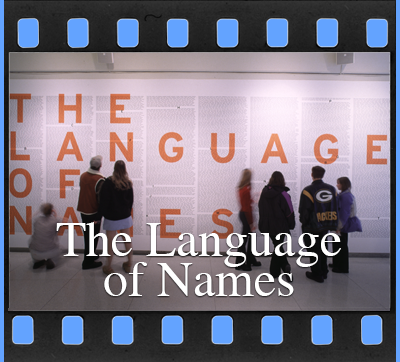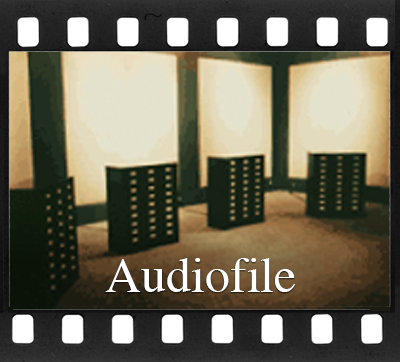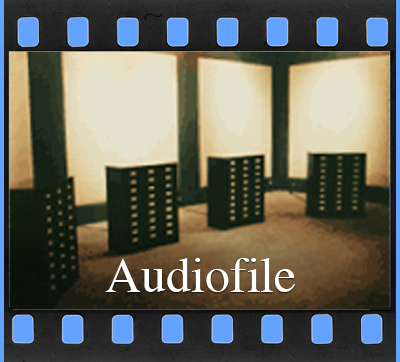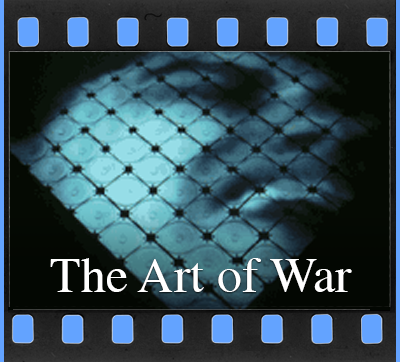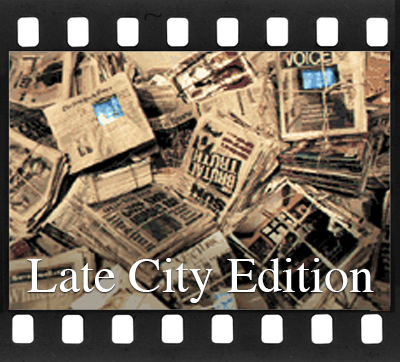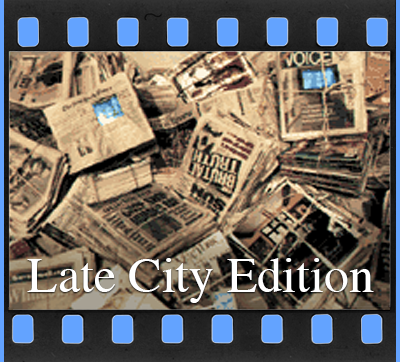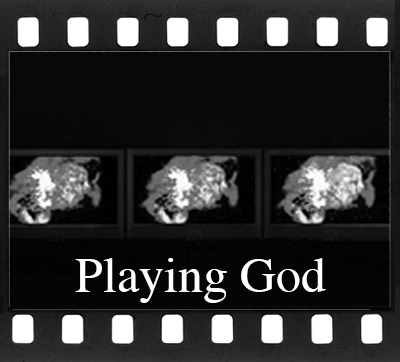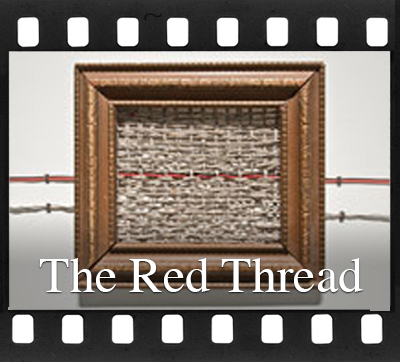The Language of names
Artist Statement
Names are our titles, our passports to the world, the opening words to the stories of our lives. In many ways they also function as compressed histories, cultural badges that provide clues to our race, religion, ethnicity, kinship, class and nationality. Each name we encounter is a window to a different history, an unfamiliar tradition or heritage, a new sound, sometimes even a new language. One way or another, every name offers up the promise of a unique story.
THE LANGUAGE OF NAMES An Interactive Installation by Alan Berliner For the Walker Art Center
THE LANGUAGE OF NAMES will use the names of each and every person living within a three mile radius of the Walker Art Center as a catalyst toward changing the way we look at an urban community, and more critically, re-framing the way that community looks at itself. This geographic area (encompassing 10 zipcodes) is comprised of a rich amalgam of races, religions and ethnic groups -- including Somalis, Hmongs, Native Americans, African Americans, Latin Americans, and Russians – a population also representing a wide array of lifestyles, socio-economic classes, and ages. Like most large urban cosmopolitan centers, people are divided into localized neighborhoods, unaware of, or at best inattentive to, the presence of their neighbors. For most of them, a name is something you look up in a phone book. Only when you need it.
I intend to transform the lobby of the Walker Art Center into a kind of community space – a multi-dimensional interactive artwork aimed at integrating personal identity exploration within the broader realm of community self-awareness and understanding. I want THE LANGUAGE OF NAMES to be a place where people can come to find and learn about themselves and a place where they can find and learn about each other.
The work will be divided into three components.
- YOUR NAME HERE
- BOOK OF NAMES
- A NAME IN THE CROWD
1. YOUR NAME HERE
The name of every resident living within the three mile radius surrounding the Walker Art Center will be silk-screened directly onto the walls of the museum lobby, creating a monumental scale floor to ceiling mural. This dense field of text -- part run on sentence, part visual cacophony, part multi-lingual poem – will serve as a kind of mirror for the diverse collage of sounds, tones and linguistic complexity embedded in the life of the community. In a space traditionally devoted to the names of corporate sponsors and museum patrons, placing all the names of the community on the walls of the museum lobby will be deemed a kind of political act: the ultimate democratization of the museum space -- and more importantly – a way of giving new currency to the value of an ordinary name.
2. BOOK OF NAMES
Through word of mouth, media publicity and community outreach, members of the community will be encouraged to visit the museum to see their names on the wall. They will also be asked to put their signatures (to “sign in”) over their names printed in a “book of names” prominently placed on a pedestal in the museum lobby. Additionally, they will be asked to complete a brief questionnaire on one of several computer terminals centrally placed inside the gallery. Information and insights gathered from this form will be collated and re-formatted for display on the museum website, which, over the course of the exhibition, will become another kind of community space. People will also be able to answer the name questionnaire by visiting the exhibition website from their home computers. Once there, they will have an opportunity to share information and stories – to compare and contrast with and about one another -- through the prism of one another’s names.
3. A NAME IN THE CROWD
Using the Walker on Wheels mobile unit, I will also visit various locations throughout the three mile radius and interview people (randomly) on the streets about their names. By eliciting name stories from within the community, these interviews will illustrate how our names function as tools of identity -- socially, politically, culturally and economically -- and how personal identity is invariable shaped by what it is we call ourselves. By demystifying the language, meaning and history contained in one another’s names, perhaps we might also break down bonds of misunderstanding and mistrust. Edited selections from these interviews will be presented on monitors in the museum lobby space.
***********
Human nature suggests that THE LANGUAGE OF NAMES can be a place that entices and attracts members of the larger Minneapolis community – especially those who have never been to a museum – to visit the Walker Art Center. Whether they are lured by the sheer vanity of seeing their names on the museum wall, or amused by the “game” of searching for the names of their friends and family members or perhaps for some, just for the thrill of having something they take so much for granted being transformed into the raw material of a public art project -- the installation should provide a level of intrinsic fun for the museum visitor.
But human nature also predicts that once they are there, after they’ve found their names, the installation will embolden them to leave something of themselves -- to sign the book of names, to participate in the web component -- to actively become part of the work. Over time, THE LANGUAGE OF NAMES will build it’s own momentum, stimulating all museum visitors (even those outside the three mile radius) to want to know more and share more about their names.
In the end, I hope to generate a simple yet profound basis for appreciating, understanding and exploring the ways in which "the language of names" is spoken by the diversity of races, cultures, nationalities, religions and classes within the three mile radius. Something between a lesson in language and a window to cross-cultural understanding, I want THE LANGUAGE OF NAMES to stimulate a re-evaluation of the way every resident thinks about their neighbors, their neighborhood, their community, even their city. Secretly and underneath it all, it also has the chance to change the way they think about museums, and ultimately, about the role of art itself.
- ◻ DESCRIPTION
- ✓ STATEMENT
- ◻ WALKER ART CENTER CALENDAR
- ◻ PRESS RELEASE
- ◻ PHOTOS

